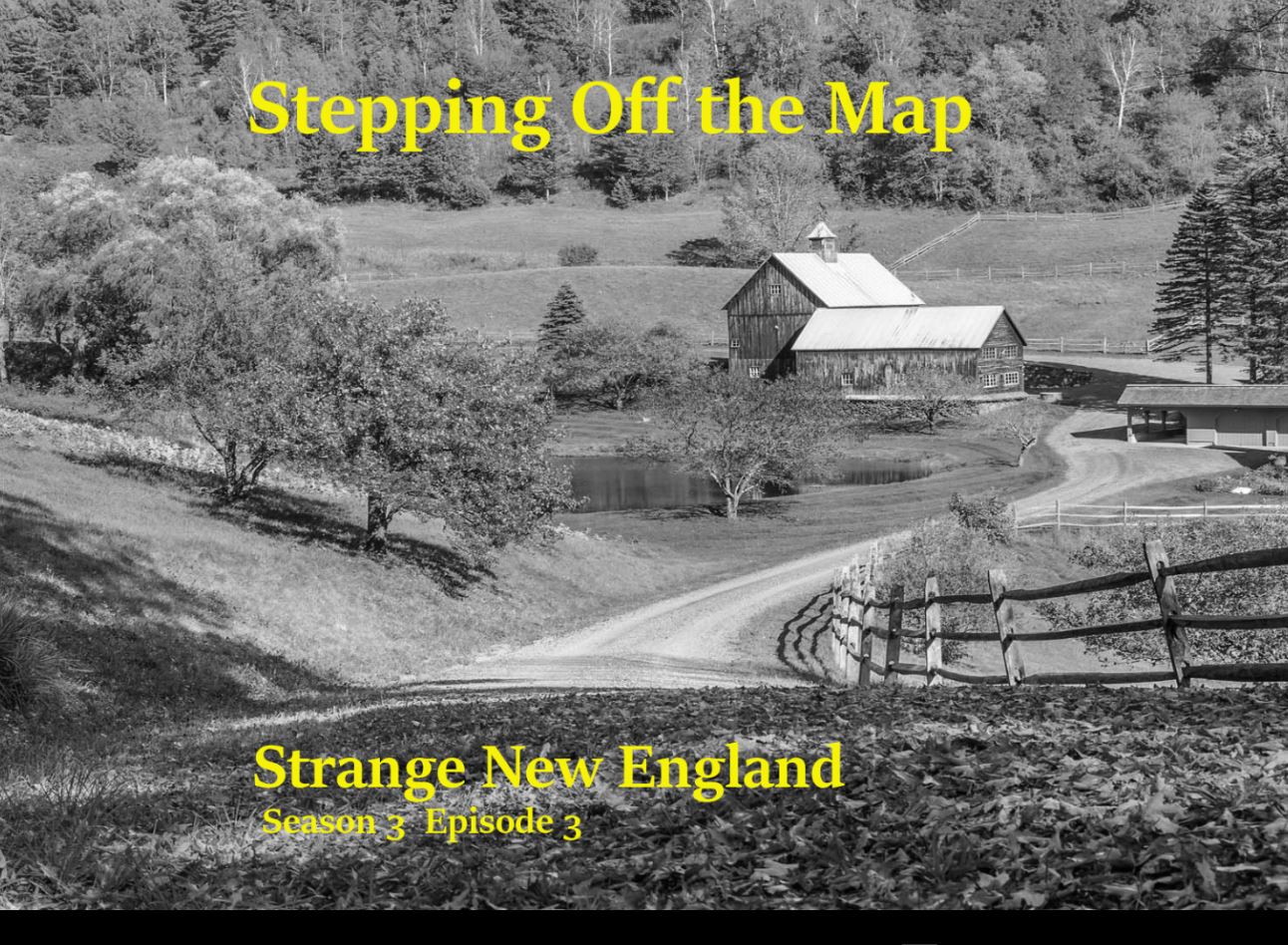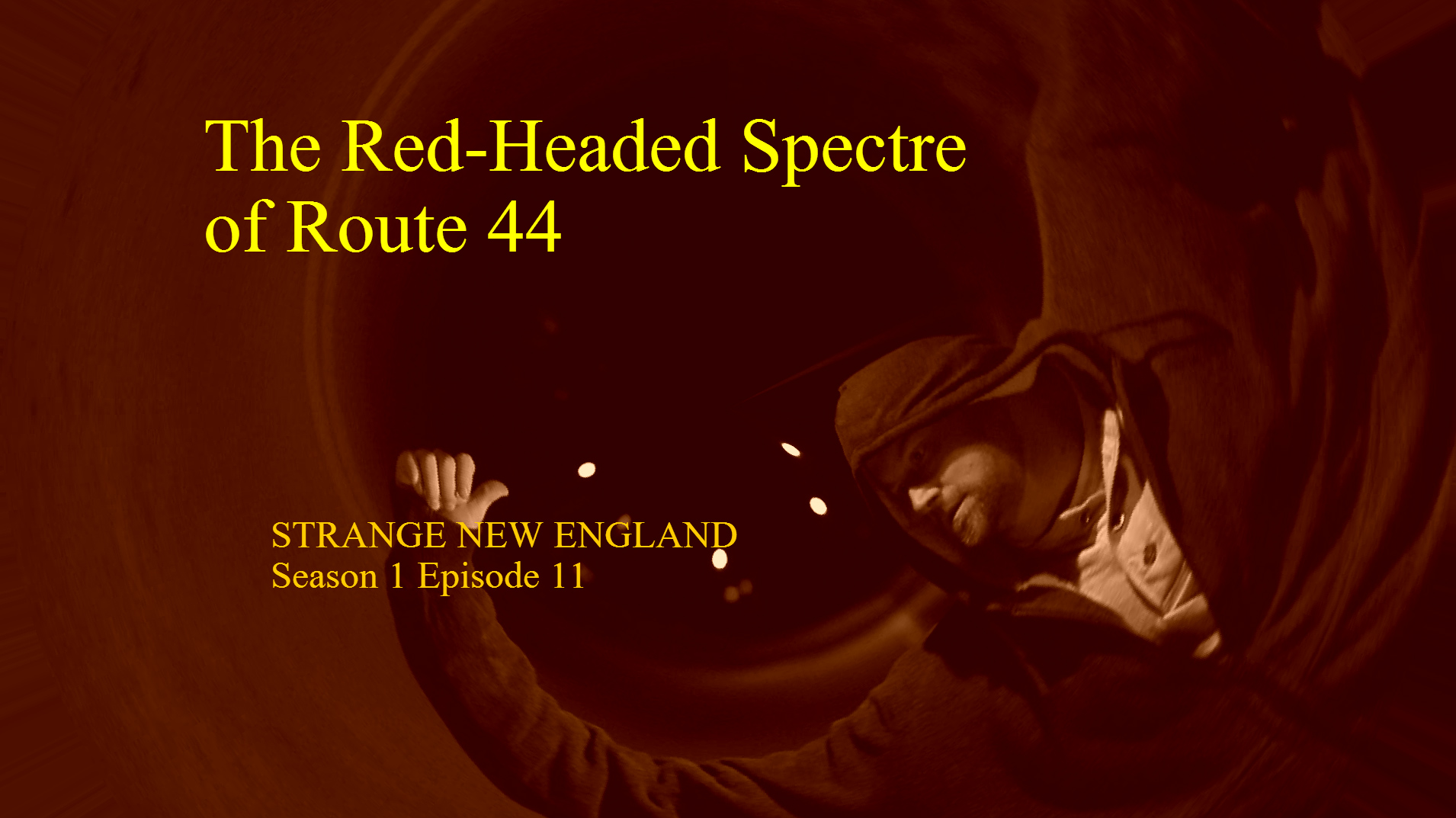Though I lived most of my life in Caribou, I never heard the story of the hanging of big Jim Cullen that took place in Mapleton, a small town twenty-two miles west of my home. My husband, Randy, told me the story of the bigger-than-life man after we were married. The Jim Cullen story is very well-known in Mapleton and Randy heard it often as a child. As he finished the story, I was curious to know the exact place where Jim Cullen was lynched. He said, “Well, I was always told that it’s at the rock pile located across the road from the end of our property.”
During the cold, blustery winter of 1873 a hanging took place in Mapleton, Maine and is said to be the only lynching in New England.The tale I will recount stems from several sources, including the story by Dena Winslow, a Mapleton native, who wrote her PhD on the lynching. She recorded oral history, read countless articles, examined folktales, researched hundreds of lynchings across the United States and looked at how this particular story evolved over time. She includes lots of details that I won’t get into, but I will try to convey to you the most important parts of the story.
Jim Cullen was a tall, giant of a man, with a red beard, who was reputed to have stolen articles of clothing from many a clothesline. He lived in New Brunswick, moved to Ball’s Mills, which today is called Mapleton, and he worked in many places around this area. Many sources say he “took up” with a woman whose name was Rosella Twist. They met when she was young, fell in love, and married in Presque Isle. They had a child together, and this child was deaf, just like Jim‘s sister and younger brother. This caused much discord in the family, and soon Rosella was looking for affection from other men.
In late April of 1873, Thomas Hubbard was rumored to have fallen in love with her. There was a confrontation and fight with Jim and as a result, Jim Cullen slashed the neck of Thomas’s horse and left it in the barn to die. He walked to the Dudley’s General store in the center of town where he tore the shutters off the back window, entered the store, and grabbed a pair of size 14 boots that had been ordered for him, put them on, and left his old boots in the corner. Next, he stole food and tore a piece of cloth from a bolt, wrapped his bloodied hand in it and left the store. All in all, the amount of stolen goods amounted to $25.00.
The next day Thomas Hubbard arrived at the store and talked to David Dudley about what Cullen had done to his horse. They agreed that something needed to be done. He told Hubbard about the theft and about the large footprints in the snow. He knew that Cullen had ordered the boots and now they were missing. Dudley said that he would be glad to help the community get rid of Cullen (Winslow, 2005, p. 86). He traveled to Presque Isle with Hubbard to swear out a warrant for the arrest of Jim Cullen.
When the men arrived in Presque Isle, they went to the constable’s house to discuss the situation. Many people gathered to hear about Jim Cullen, and like all stories, this one was embellished over and over again. The next day, Deputy Sheriff Granville Hayden, a well-respected man in Presque Isle and his deputy, Richard Libby, left for Ball’s Mills. It was the morning of April 29th that he and his deputy arrived with his horse. Thomas Hubbard joined him and he was deputized so he could assist the sheriff. Minot Bird, who was in his teens, heard what the sheriff was going to do and thought it would be a great adventure and asked to tag along. He knew Jim and the area well, so the sheriff took him along as a guide. They took off for Swanback’s camp, called “Bloody Half Acre”, that was located 11 miles west of Mapleton, in West Chapman, where Jim Cullen worked.
John Swanback and Jim Cullen were sitting outside the camp when Sheriff Granville and his group arrived. They were tired from the walk and bad weather, so John invited them all to stay for supper. After supper, the sheriff took Cullen outside for a talk. He served the warrant on him for the robbery of Dudley’s store. It was said that the sheriff made no attempt to bind Cullen in any way and that Cullen didn’t seem to be bothered at all. This was an oversight that would prove deadly.
That evening, they all retired around 9:00 pm. In the early morning hours of April 30th, John Swanback was awakened by the sound of an axe. He saw that Jim Cullen had killed the sheriff and Thomas Hayden, the man who had taken up with Cullen’s wife. John and Minot Bird escaped to Mapleton and reported the murders. Jim Cullen, in the meantime, burned the bodies and the camp and went to Castle Hill to Rosella Twist’s home. He told Rosella that he had killed the two men and gave her some money that he had stolen from John Swanback.
At the same time, the constable in Mapleton, J.B. Hughes, and a few men had gathered to apprehend Mr. Cullen. They knew about his wife Rosella and headed for the house. Rosella saw the men headed for her house and told Jim that they were coming for him. The story recounts that he hid in the root cellar. When she was asked if she knew where he was, she said, “No” but pointed to the root cellar door. One of the group shouted for Jim to come out of the cellar. He responded by saying that he wouldn’t surrender and anyone who tried to take him would die. Finally, Jim asked if they would treat him fairly if he came out, and they told him that they would treat him like a man. Thus, they found Jim Cullen. They brought him back to Mapleton, handcuffed him to a lamppost and interrogated him. A message was sent to Presque Isle that Jim was in custody and he had confessed to his crimes. The new sheriff decided to wait until morning to transport him to the Presque Isle jail.
What the sheriff didn’t know was that there was a group of men who gathered in Presque Isle. They were angry about the murders and they wanted blood and justice. After all, Granville Hayden and the deputy were well-respected men. They were determined to lynch Cullen for what he did to the two lawmen without the benefit of a judge or a jury. Most of the stories told say that the posse all wore masks and swore each other to complete secrecy. To this day, no one knows the names of the men who rode out that morning.
When morning arrived on April 30th, the sheriff who started for Presque Isle was met by a group of masked men. Some say it was 100, some say 25 men. Later, Micijah Dudley would confirm that there were about 75 men in the lynch mob, but only about 15 to 20 actually participated in the lynching. The mob surrounded the sheriff, his deputies, and the wagon that Jim Cullen was in, just over the first hill leaving Mapleton. They took Jim from the sheriff, put a noose around his neck, and hung him until he was dead. Once they knew he had died, the mob dispersed. It was reported that his body could be seen hanging from the main road. The constable put him in the wagon again, and headed to Presque Isle and was met by another posse from Presque Isle. Once they knew he was dead, they quickly went on their way. The authorities wanted to bury him in Fairmount Cemetery, but the people in town wouldn’t have it. The story says that he was taken to a gravel pit in Mapleton and buried.
In late 1873, Professor Luther Bateman traveled to Presque Isle and gave a lecture on phrenology. He was described as a- jack-of-all trades and was one of the men who guarded Jefferson Davis at the end of the Civil War. Luther heard about the lynching of Jim Cullen and decided that he had to have Jim’s skull. He believed that criminals had differently shaped skulls than those who were non-criminals. He wanted to prove his theory, so they could lock up anyone before they committed a crime. After he arrived, it is said that he didn’t want to go up to the grave site alone, so he hired a young lawyer named George Smith to help him. They walked to the grave site because they didn’t want to call attention to themselves. After all, they were going to raid a grave. They took turns digging and finally reached the casket. They removed the lid and were hit with the smell of the decaying body. George wanted to quit, but Luther produced a bottle of gin. They sat down and finished off the liquor, removed the head and returned the casket into the grave. They covered the grave up with leaves so no one would see that the grave was disturbed. (Winslow p.130)
They carried the skull to the fire and boiled it until the flesh and hair separated from the skull. They buried his hair and flesh, and Luther returned to Presque Isle with his skull. Whenever Luther would lecture on Phrenology, he would show the skull. A few years later, he returned to Presque Isle for another lecture, when he was approached by a woman and her son who asked to see the skull. They told him that they were Rosella Twist and his son, Edwin, and they wanted to see the skull out of plain interest. Rosella, was reported to have said that she was glad Jim had become so important and that she was proud of his stage career.” Today, the skull is said to be the property of the Bateman family. (Winslow 130)
The people in Mapleton live a quiet country life. Every June, we celebrate Mapleton Daze. There are fireworks, lots of food, games for the kids, and a parade. But in the evening, the story of big Jim Cullen is told around many campfires. The tree he was hanged from is now gone. Every day when I go to work, I drive by that rock pile, now over grown with weeds, flowers and a small tree. In late spring, when the early morning fog hangs heavy over the land, I swear I can see the shadow of a man’s torso and legs swinging dolefully from that old tree.
Works Cited
Winslow, D. L., Ph.D. (2005). New England’s Only Lynching: They lynched Jim Cullen. Presque Isle, ME: Sleepy Hollow.
Rice, R. (2005, July 7). The history of 1873 lynching of Jim Cullen. Bangor Daily News, C10, p. 44.
Governor, F. (Ed.). (2004, May 24). Northern frontier justice; Maine in 1873.Retrieved July 10, 2015, from The Voice of Maine website: http://www.thevoiceofmaine.com/viewtopic.php?p=36568





The building that the boots were stolen from is a family home right today on Main St. and the building where Big Jim was apprehended is also a family home on the Ashland road.
Where’s that at??
The Haystack Road, just inside the Castle Hill town line. As you head west from Mapleton, it’s the first house on the right after the intersection with Dudley Road.
Rosella Twist’s house has more than a root cellar. It has a full basement. The door to the basement stairs is just inside the kitchen door, to the right. In the late 1040’s my father owned that house, and my brother set up a regulation pool table in the kitchen. I grew up in the house across the road.
Micijah Dudley is spelled Micajah. He was my great-grandfather. Bloody half acre shows as Swanback Clearing on Mapquest.com
As I heard the story, Jim’s body was buried in a swamp, not a gravel pit.